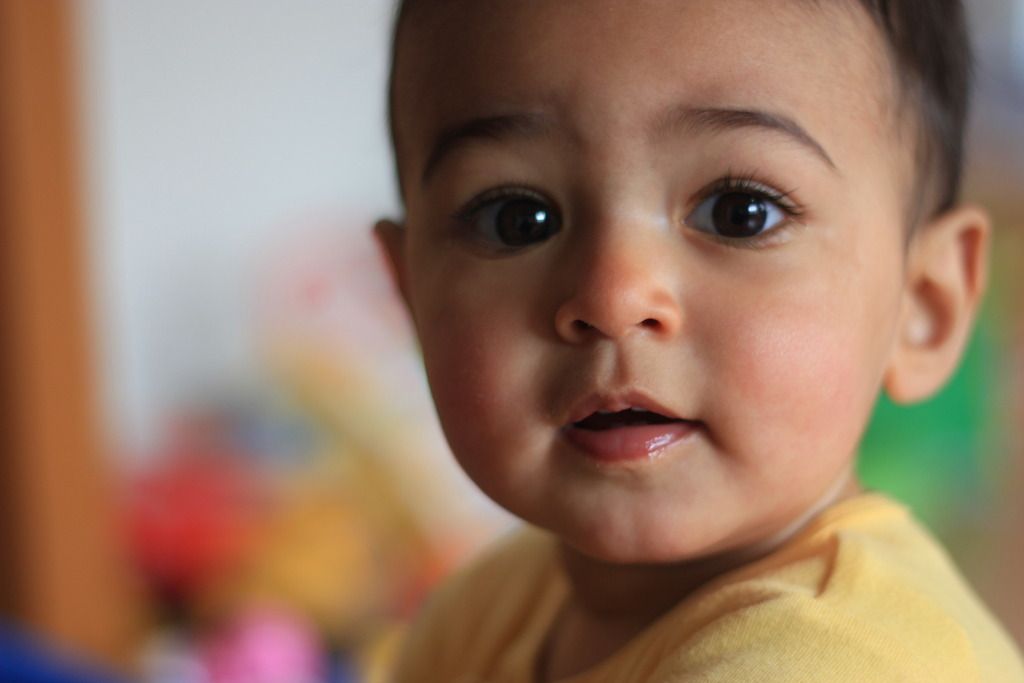GBOBM wrote:
On the noise front, a little point: If you nail the exposure in camera and don't play about with it on the computer, the noise will be a lot less. When you start to adjust exposure afterwards that's when the shots get really noisy.
Quite true. Better to go ISO 640 well exposed than ISO 400 slightly under exposed, for example.
My comment was based on the assumption that Sanjoy is struggling for light if he's considering a lens purchase just for another two-thirds EV.
A few tips for anyone struggling with this problem:
Knowing where the usable limits of the camera are is handy in low-light. On the 500D (similar to the 550D) I found, by experiment, ISO 800 to be just usable for "normal" indoor shooting in a "normally lit" room, whatever that means. I guess I mean comfortable home lighting levels. Any higher and you'll have to deal with the noise in post-processing. The problem is if you leave the camera on Auto-ISO it will happily push to 3200 or beyond and you'll wonder why your pictures aren't as good as they could be. You'll start thinking that f1.4 might solve the problem... Far more useful IMO is knowing that, with a bit of practice and a still-ish subject, you can usually hand-hold as slow as "1/focal length" without camera shake. The longer the focal length the faster the shutter speed needed. This is the same reason binoculars are ok when zoomed out, but can be wobbly to keep on target when zoomed in. The more you zoom, the faster you have to snap the shutter to freeze the wobble from your hands.
So, for 50mm in low light you should be able to hand-hold down to 1/60s without blurry pics. With practice, 1/40s. With uber-wedding-pro skills and your elbows tucked in tight, 1/15s! The slower you go, the more light you get, so the lower the ISO you need and the brighter your pics will be.
In low light, instinct might say to use Av mode (Canon's name for aperture priority) and set it to 1.8 for maximim light. The problem is the camera won't go to 1/40s, it will just bump the ISO to unusable levels. Instead, experiment with using Tv (shutter priority)mode, setting shutter to 1/60 (or lower if you think you can and your subject is quite still), manually set ISO to 400 or 800 and let the camera sort the aperture. If it can use f2 or f2.2 then it will, slightly improving your DoF, sharpness and reducing chance of missed focus, but it will use f1.8 when it feels it needs the light.
Next tip for low-light is Spot metering. Use it, get your chosen AF point on the subject and your subject will be nicely exposed. If you use any other metering mode, the camera might try to up the ISO (bad, remember?) to get the darker areas of the scene up to "acceptable" levels (e.g away from the left hand side of a luminance histogram). Sod it, just let the shadows go pure black... as long as the subject is well exposed nobody will be looking at them anyway.
There's always the rule, "If the light is sh*te, go black and white." Noise in B&W sort of approximates film-grain and can actually be used as an artistic tool, while digital colour noise will always look terrible. Also, areas of massively under or over exposed pixels in B+W are much less visually offensive.
If you shoot RAW you can make a lot of these decisions after the moment has been captured, but try to feed what you lean when processing your RAW back into the shooting process so that you can optimise exposure, because, well, because exactly what GBOBM said. Good exposure trumps post-processing for quality.


